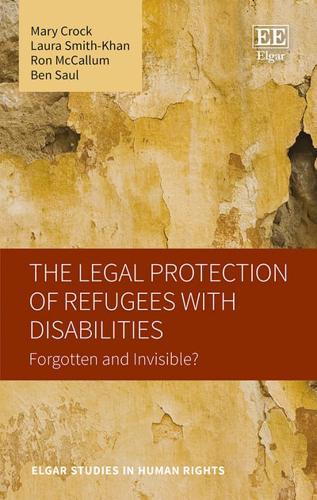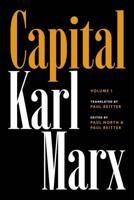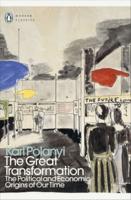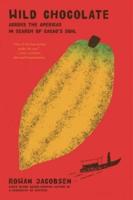Publisher's Synopsis
Refugees living with disabilities are often forgotten or invisible during acute crises of human displacement. This groundbreaking work examines the experiences of persons with disabilities who have crossed borders in search of protection from disasters or conflict, and analyses the existing legal frameworks for their protection.
The authors deftly explore the intersection between one of the oldest international human rights treaties, the 1951 Refugee Convention, with one of the newest, the Convention on the Rights of Persons with Disabilities (CRPD). Drawing on pioneering fieldwork in six countries - Malaysia, Indonesia, Pakistan, Uganda, Jordan and Turkey - this book examines how the CRPD is, or should be, changing the way that governments and aid agencies engage with and accommodate refugees with disabilities. Its timeliness is underscored by the adoption in 2016 of the UN Charter on Inclusion of Persons with Disabilities in Humanitarian Action at the World Humanitarian Summit.
Engaging and thought-provoking, this book will captivate any scholar studying international law, development, disability rights and refugee and forced migration studies. It is also an imperative resource for practitioners and policymakers in the humanitarian and development sector, as well as international human rights organisations.







